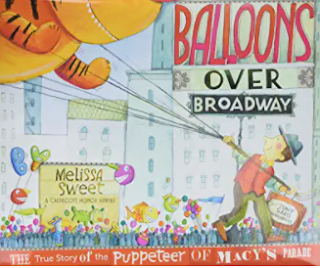Thanksgiving is fast upon us...are you looking for a quick mini unit that uses three Thanksgiving books centered around the topic of Community Thanksgiving Traditions. In our Kindergarten classrooms, we are learning about communities and neighborhoods currently and suddenly found Thanksgiving was knocking on the door. In order to continue to build background knowledge and connections to our community, we decided to create a mini-unit about how American families celebrate Thanksgiving. Even though this was created with Kindergarten in mind, it could easily be used in grades K-2.
We wanted to stay away from the many cultural insensitivity lessons and ideas that surround Thanksving. We picked three books that center around our tranditions in the community to include:
This unit follows the Science of Reading as it is purposefully created around complex text to build background knowledge, vocabulary and comprehension. Questions are curated to be interactive as you read the text with specific stopping points and depth of knowledge questions to promote higher level thinking of our kinders. It integrates Social Studies themes of past and present as well as the Thanksgiving Holiday.
Each lesson includes an after reading suggestion for capturing oral language thorugh charts, writing, or discussions. We include assessment options as well.
Happy Thanksgiving!





Comments
Post a Comment